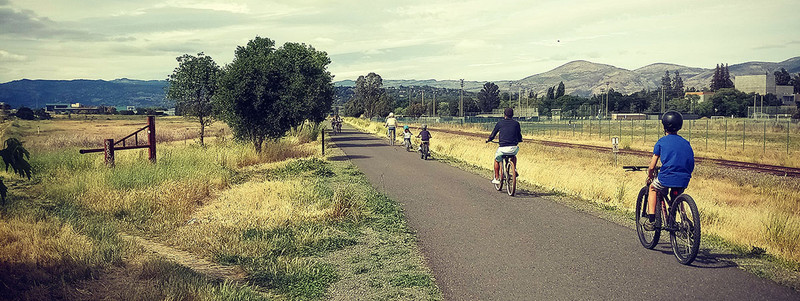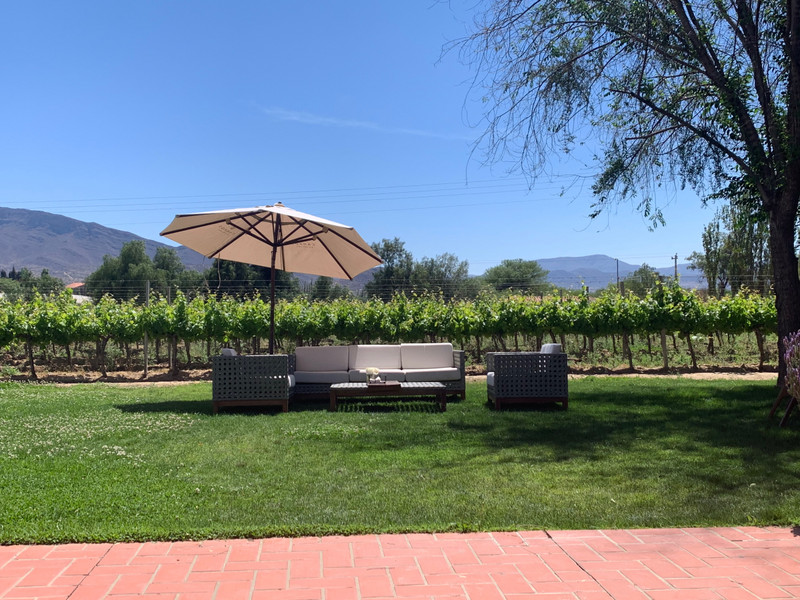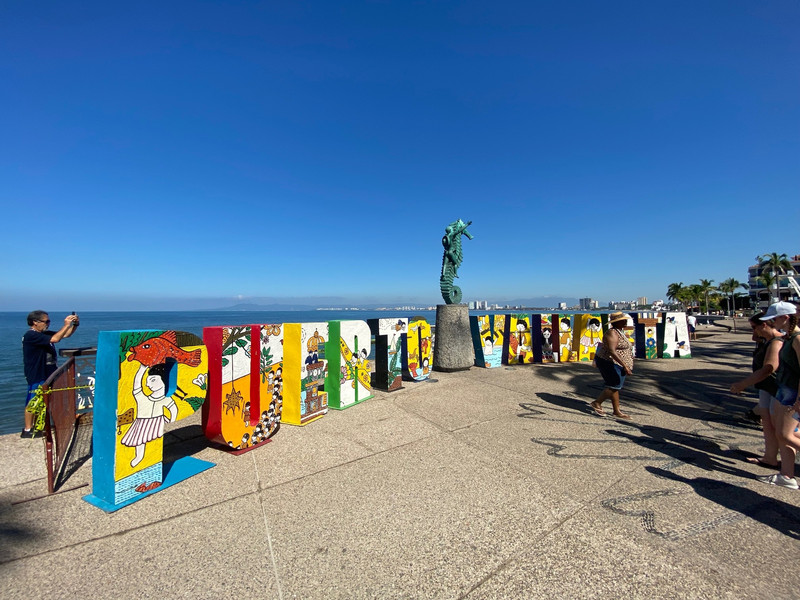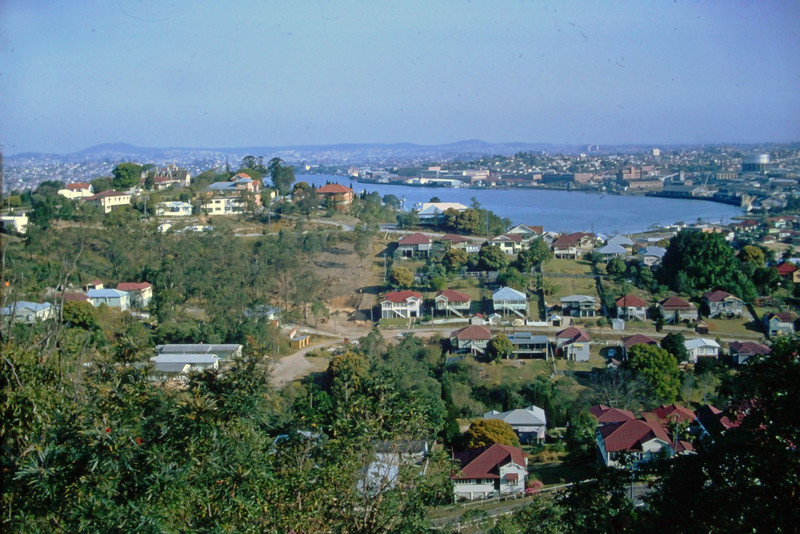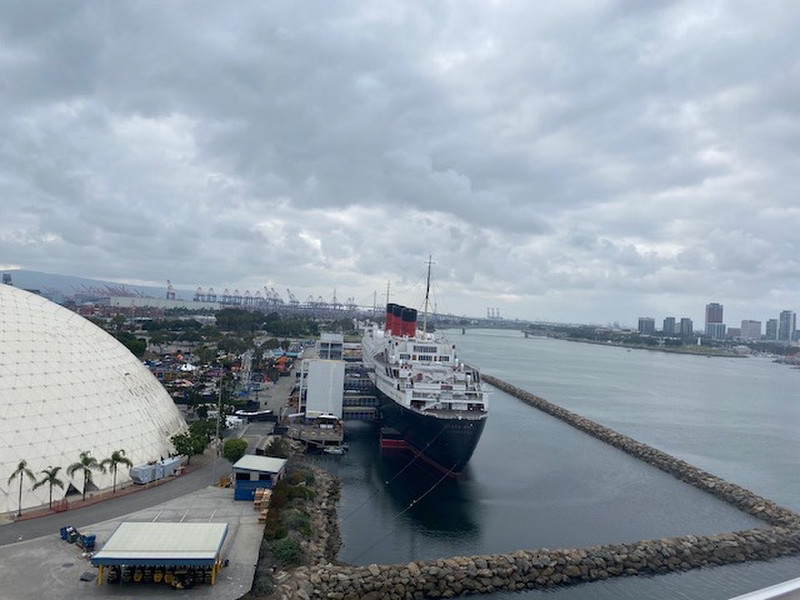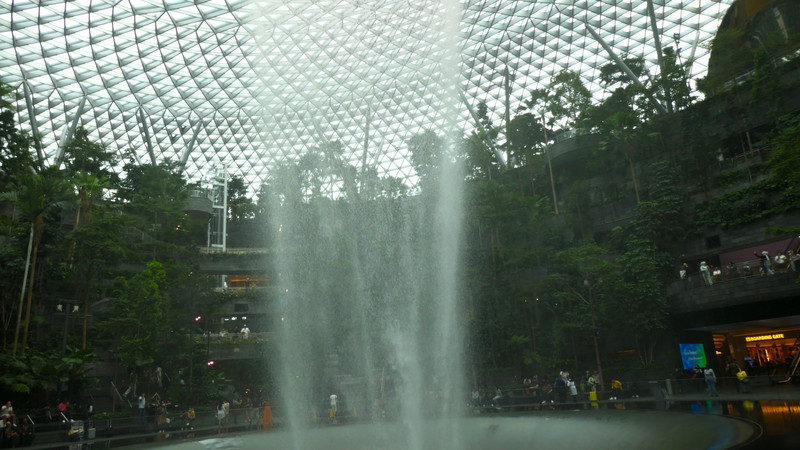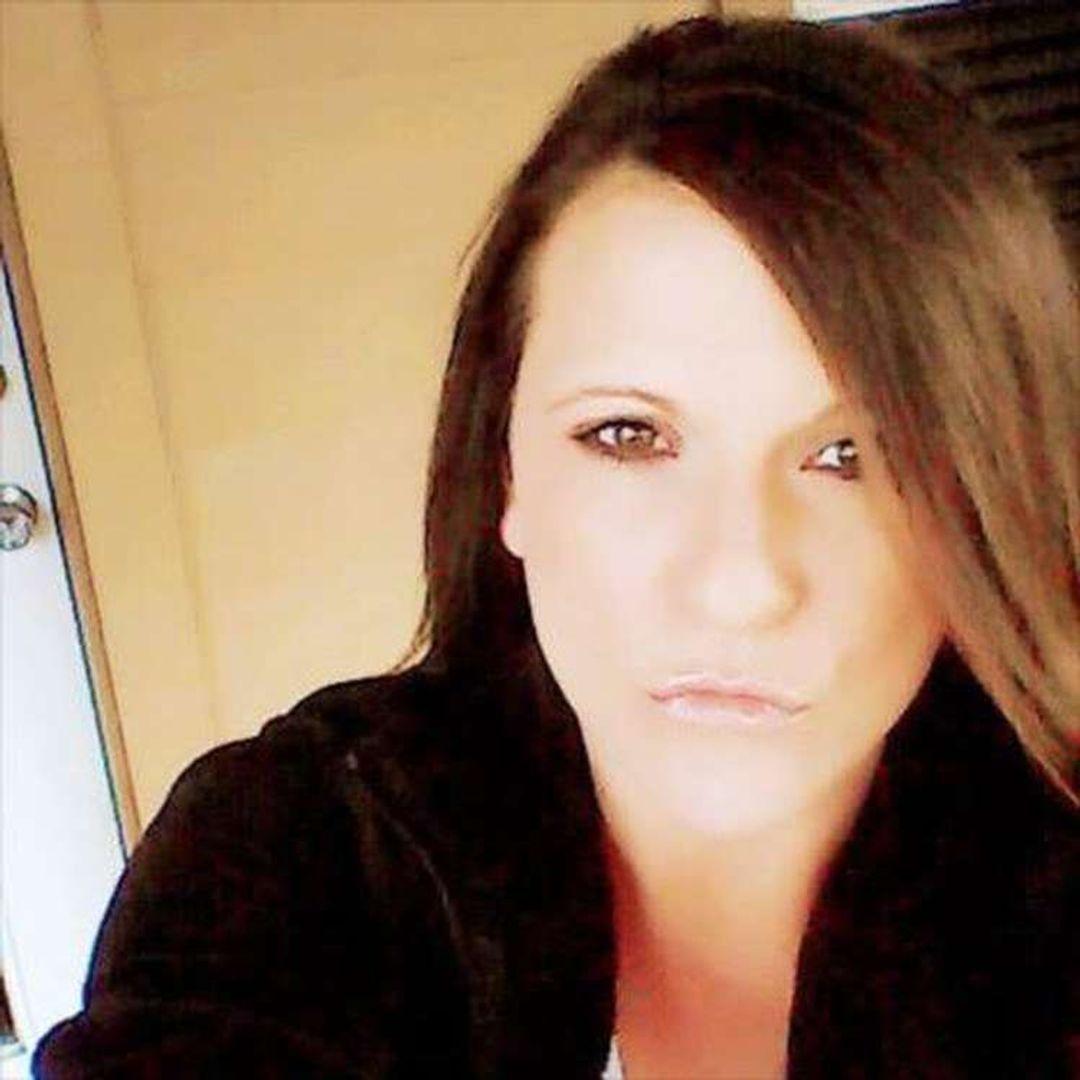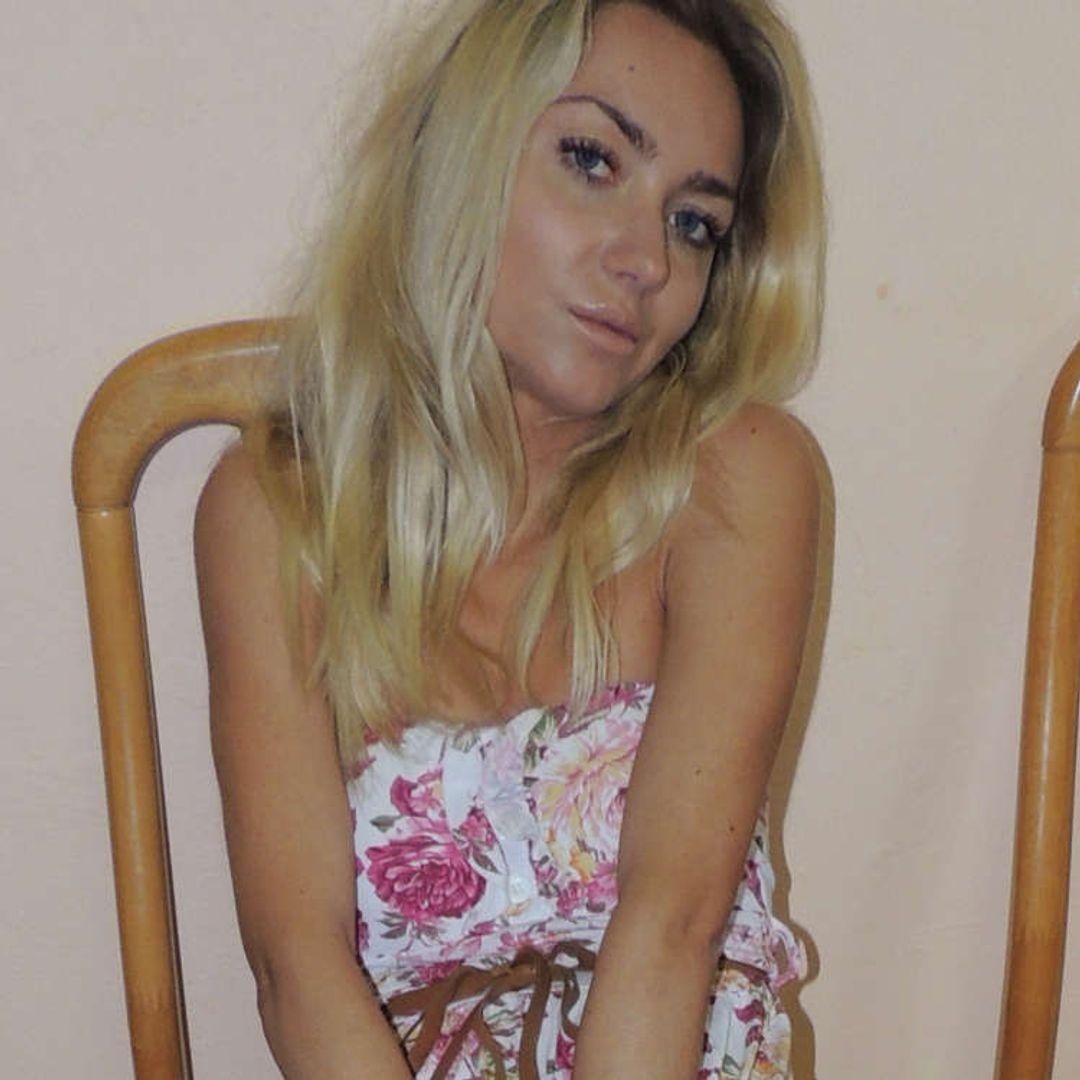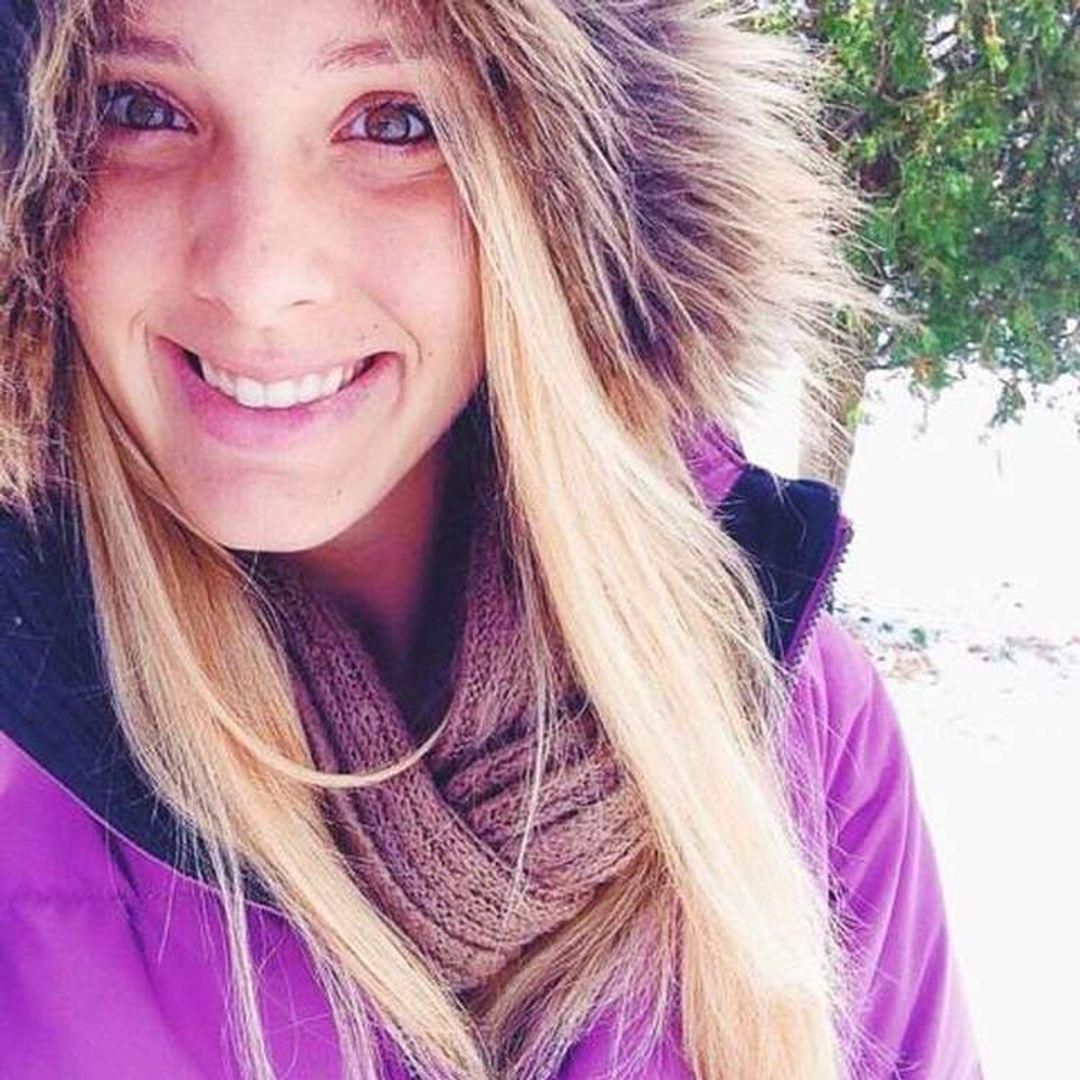From Winespeed: While in the Army and stationed near Fresno during WW II, Joe Heitz got a job at Italian Swiss Colony in Asti, Sonoma County. After getting bachelors and masters degrees at the University of California at Davis after the War, Joe worked under the legendary Andr Tchelistcheff at Beaulieu Vineyard.
In 1961, he left to start Heitz Cellars. Five years later, in 1966, he made the first famous Napa Valley wine—Heitz Marthas Vineyard Cabernet Sauvignon from Oakvilles Marthas Vineyard, owned by Tom and Martha May. When it was released, the 1966 Heitz Cellars Marthas Vineyard was $7 a bottle—an astronomical price since Heitzs regular cabernet sauvignon, released just three years earlier, was only $1.99 a bottle. Tucked against the Mayacamas mountains on the west side of Oakville, Marthas Vineyard is surrounded by giant eucalyptus trees, often credited as the source of the wines distinctive minty aroma and flavor. And the plant material is a unique proprietary selection that produces tiny, berries of great concentration and deep color. For over half a century, Heitz has had the exclusive use of the grapes from Marthas Vineyard.
Bello designated cabernet sauvignon in 1962, beating Heitz by four years, the vineyard is not in Napa Valley, but in the Santa Cruz Mountains. Although the To Kalon Vineyard was established in Oakville in 1868 by H.W. Crabb, Crabb did not his wines (which included Burgundy, Sauterne, Claret, Riesling, Zinfandel and others). Crabbs original name for the winery was Hermosa Vineyards which he later changed to the To Kalon Wine Company. The winery burned down in 1939. Planted in 1961 by Nathan Fay with cabernet sauvignon, the Fay Vineyard was the first significant planting of cabernet in Napa Valley south of Oakville. Stags Leap Wine Cellars purchased the vineyard from Nathan Fay in 1986 and began putting the name of the vineyard on the label in 1990.For a period of time in the Sixties and Seventies, our family sold wine grapes to Italian Swiss Colony, part of Allied Growers.Not the cellular Veraison is happening right now all over California. Its the time in a vines growing cycle when grape berries begin to soften and change color. White grapes go from green to yellowish, and red grapes go from green to
dark red or purple. Veraison is important to winemakers because it signals the onset of final ripening before harvest.My favorite wine: The name Champagne was first used in the sixth century and is derived from campagnia remensis, a Latin term for the countryside around the city of Reims. There is only one appellation in Champagne—Champagne—but the region five main vineyard areas: Montagne de Reims, Cte des Blancs, Valle de la Marne, Cte de Szanne, and Cte des Bar (also known as Aube).The artist/scientist/inventor Leonardo da Vinci was a great lover of wine. In 1498, he accepted a small vineyard from Ludivoco Sforza, the Duke of Milan, as payment for The Last Supper which da Vinci painted for the refectory of the Convent of Santa Maria delle Grazie in Milan. (The vineyard was destroyed by a fire that resulted from bombing during World War II). And what grapes grew in da Vincis vineyard? In 2009, Italian viticulturists and geneticists excavated the site, and based on the DNA of extant roots, determined that it was malvasia di candia, an aromatic white variety, which of course is still grown in Italy today. More Winspeed: Teinturier French for dyed or stained, varieties are the result of rare natural mutations that produce grapes with red flesh (pulp) as well as red skins. Most red grape varieties have red skins, but white flesh. Among the leading teinturier varieties are alicante bouschet, saperavi, and chambourcin. Alicante bouschet is the most long used to add deeper color to inexpensive wines made from prolific varieties that were paler in shade. Saperavi, the leading variety in the Republic of Georgia, on the other hand, makes mostly wines with potential.
